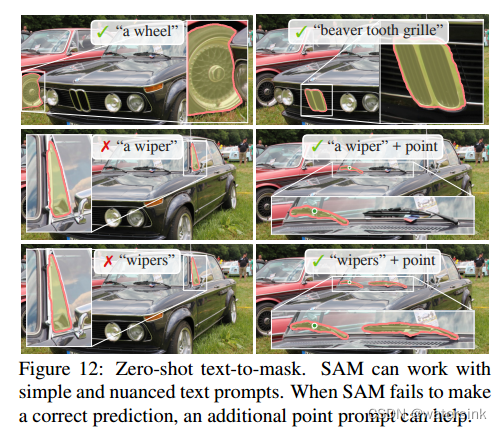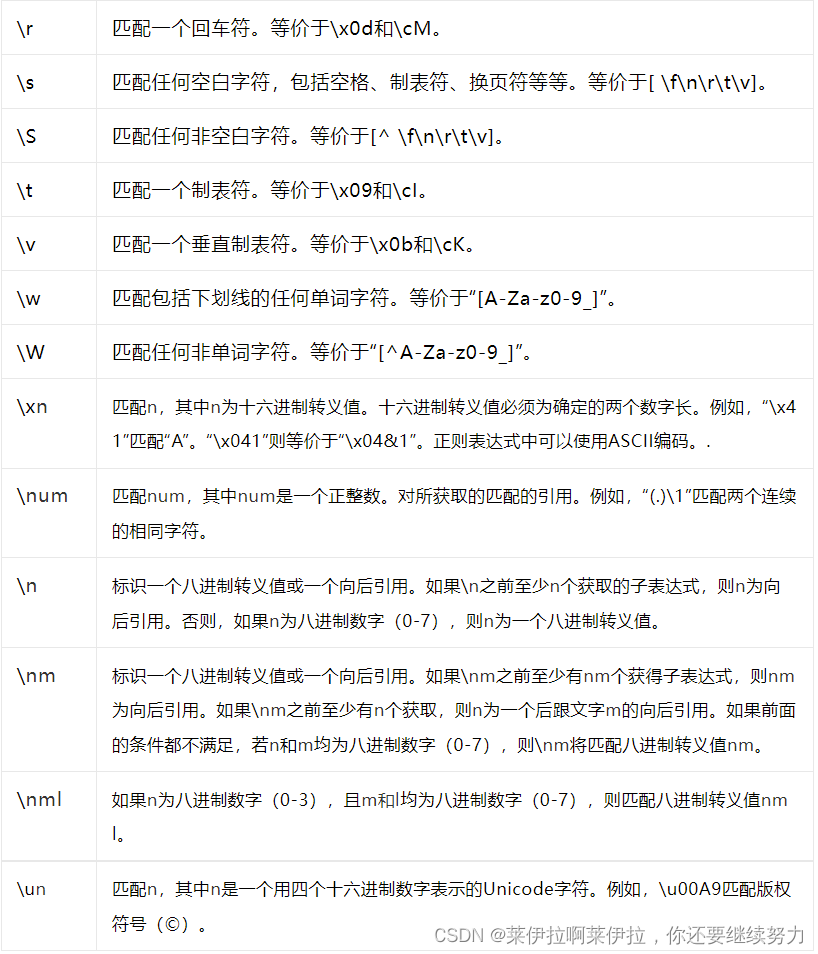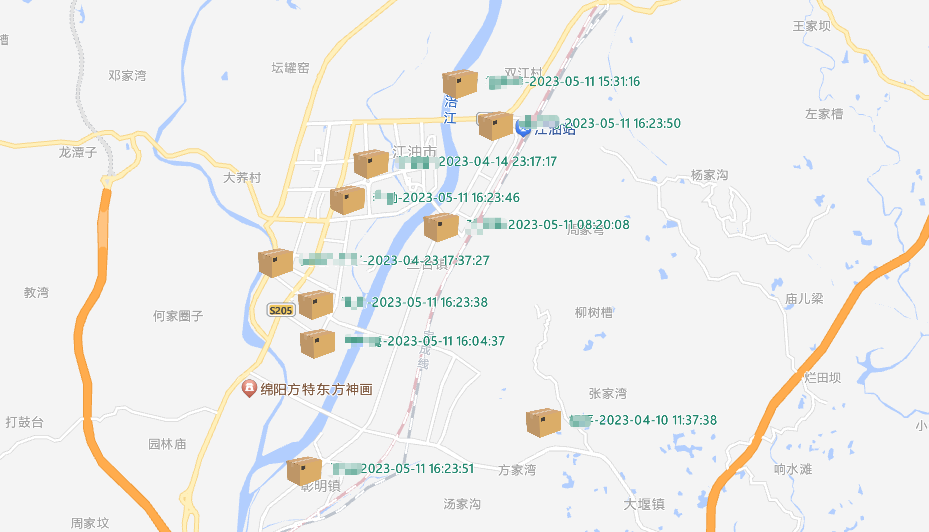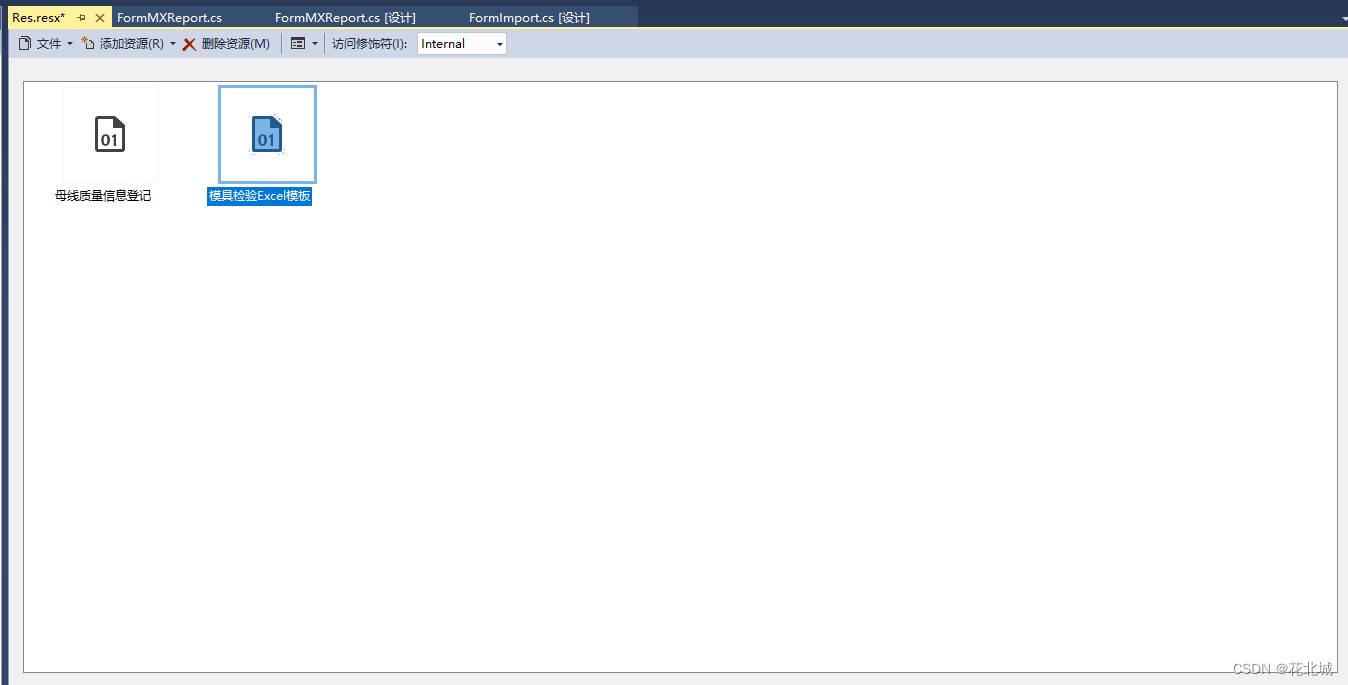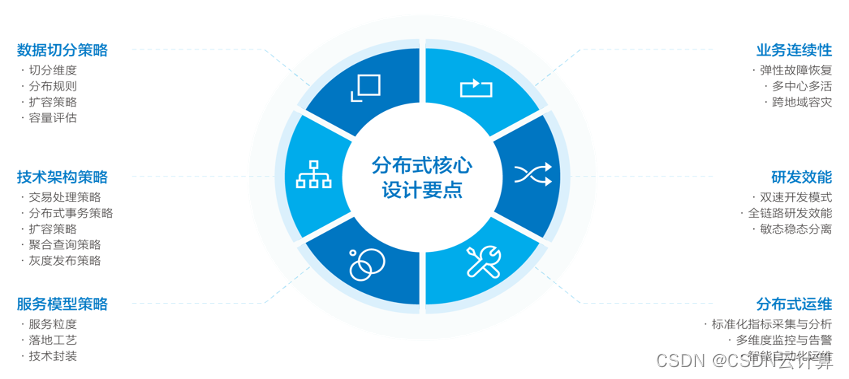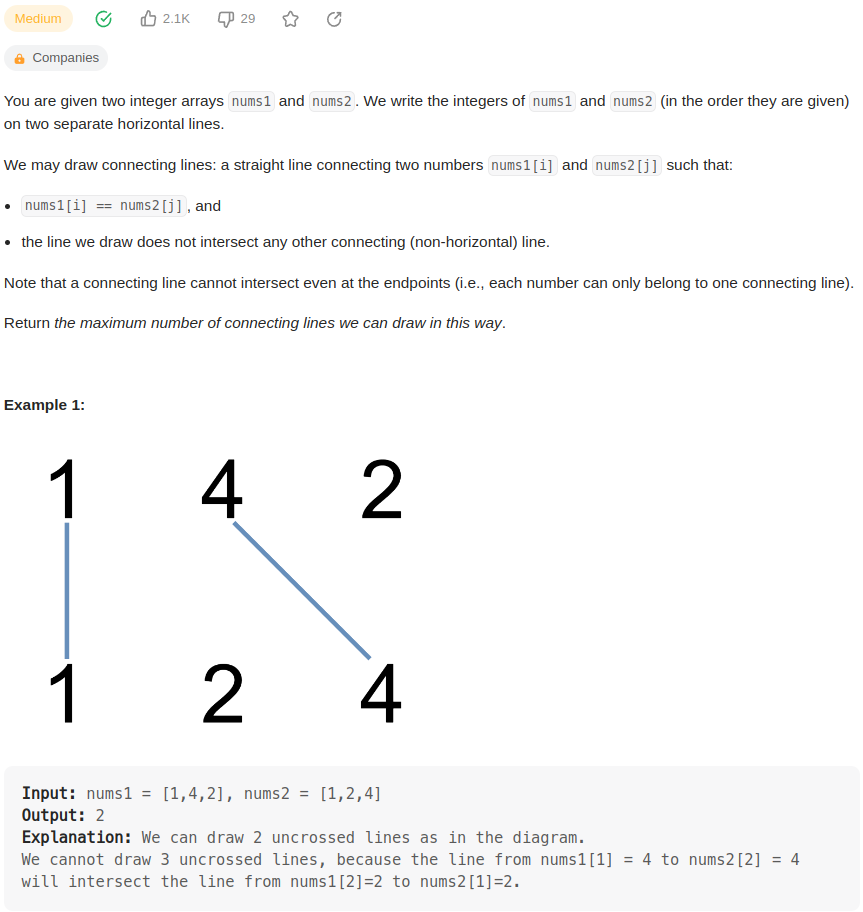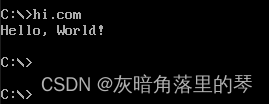游标

游标的作用:处理多行数据,类似与java中的集合
1.隐式游标
一般是配合显示游标去使用的,不需要显示声明,打开,关闭,系统自定维护,名称为:sql
常用属性:
- sql%found:语句影响了一行或者多行时为true
- %NOTFOUND:语句没有任何影响的时候为true
- %ROWCOUNT:语句影响的行数
- %ISOPEN:游标是否打开,始终为false
案例:
begin
update t_student set age=20 ;
if sql%found then
dbms_output.put_line('修改成功,共修改了 ' || sql%rowcount || ' 条记录');
else
dbms_output.put_line('没有这个学生');
end if;
-- commit ;-- 提交应该要放在隐式游标后面
end ;
2.显示游标
显式游标在PL/SQL块的声明部分定义查询,该查询可以返回多行,处理多行数据

实现步骤:
- 声明一个游标
- 打开游标
- 循环提取数据
- 关闭游标
案例:
a) 无参数 :查询所有学生信息,并显示出学生姓名,性别,年龄
-- 步骤:1.声明一个游标 2.打开游标 3.循环提取数据 4.关闭游标
-- 查询所有的学生信息。并且显示学生的姓名,年龄和性别
declare
v_row t_student%rowtype;
-- 1.游标的声明
cursor mycursor is select * from t_student ;
begin
-- 2.打开游标
open mycursor;
-- 3.循环提取数据
loop
fetch mycursor into v_row;
-- 找到出口
exit when mycursor%notfound;
dbms_output.put_line(v_row.name||'-'||v_row.gender||'-'||v_row.age);
end loop;
-- 4.关闭游标
close mycursor;
end;
b) 有参数:
declare
v_sex varchar2(4) :='&请输入性别' ;
v_row t_student%rowtype ;
cursor mycursor(p_sex varchar2) is select * from t_student where sex=p_sex ; -- 注:参数的类型不要指定长度大小
begin
open mycursor(v_sex) ;-- 2、打开游标
loop
fetch mycursor into v_row;
exit when mycursor%notfound;
dbms_output.put_line(v_row.stuname || ',' || v_row.sex || ',' || v_row.age);
end loop;
close mycursor;-- 4、 关闭游标
end ;
c ) 循环游标. 简化 游标 for:不需要打开游标 也不需要关闭游标
declare
v_sex varchar2(4) :='&请输入性别' ;
cursor mycursor(p_sex varchar2) is select * from t_student where sex=p_sex ; -- 注:参数的类型不要指定长度大小
begin
for v_row in mycursor(v_sex) loop
dbms_output.put_line(v_row.stuname || ',' || v_row.sex || ',' || v_row.age);
end loop;
end ;
d) 使用显式游标更新行:
允许使用游标删除或更新活动集中的行,声明游标时必须使用 select … for update 语句。
declare
v_sex varchar2(4) :='&请输入性别' ;
v_row t_student%rowtype ;
cursor mycursor(p_sex varchar2) is select * from t_student where sex=p_sex for update; -- 注:参数的类型不要指定长度大小
begin
open mycursor(v_sex) ;-- 2、打开游标
loop
fetch mycursor into v_row;
exit when mycursor%notfound;
-- dbms_output.put_line(v_row.stuname || ',' || v_row.sex || ',' || v_row.age);
update t_student set age = age +10 where current of mycursor;
end loop;
--commit ;
close mycursor;-- 4、 关闭游标
end ;
3.REF游标
处理运行时动态执行的 SQL 查询,特点:
优点:
- 动态SQL语句
- 在存储过程中可以当参数
缺点:
- 不能使用循环游标for
- 不能使用游标更新行
使用步骤:
- 定义一个ref的类型
- 声明游标
- 打开游标
- 提取数据
- 关闭游标
案例讲解
declare
v_sex varchar2(4) ;
--type mytype is ref cursor return t_student%rowtype; -- 强类型的 ref 游标类型
type mytype is ref cursor ; -- 1)弱类型的 ref 游标类型
mycursor mytype; -- 2) 声明游标
v_sql varchar2(100) ;
v_row t_student%rowtype ;
begin
v_sql :=' select * from t_student ' ;
-- open mycursor for select * from t_student;
open mycursor for v_sql ;
loop
fetch mycursor into v_row ;
exit when mycursor%notfound ;
dbms_output.put_line(v_row.stuname || ',' || v_row.sex || ',' || v_row.age);
end loop;
close mycursor ;
end ;
可以使用sys_refcursor类型
declare
v_stuname t_student.stuname%type :='&请输入名字' ;
v_sex varchar2(3) :='&请输入性别' ;
mycursor sys_refcursor ; -- 2) 声明游标
v_sql varchar2(100) ;
v_row t_student%rowtype ;
begin
v_sql :='select * from t_student where 1=1 ';
if v_stuname is not null then
v_sql :=v_sql || ' and stuname like ''%' || v_stuname || '%'' ' ;
end if;
if v_sex is not null then
v_sql :=v_sql || ' and sex = ''' || v_sex || ''' ' ;
end if;
dbms_output.put_line('v_sql= ' || v_sql );
-- open mycursor for select * from t_student;
open mycursor for v_sql ;
loop
fetch mycursor into v_row ;
exit when mycursor%notfound ;
dbms_output.put_line(v_row.stuname || ',' || v_row.sex || ',' || v_row.age);
end loop;
close mycursor ;
end ;
游标的小结:
- 游标用于处理查询结果集中的数据
- 游标类型有:隐式游标、显式游标和 REF游标
- 隐式游标由 PL/SQL 自动定义、打开和关闭
- 显式游标用于处理返回多行的查询
- 显式游标可以删除和更新活动集中的行
- 要处理结果集中所有记录时,可使用循环游标


